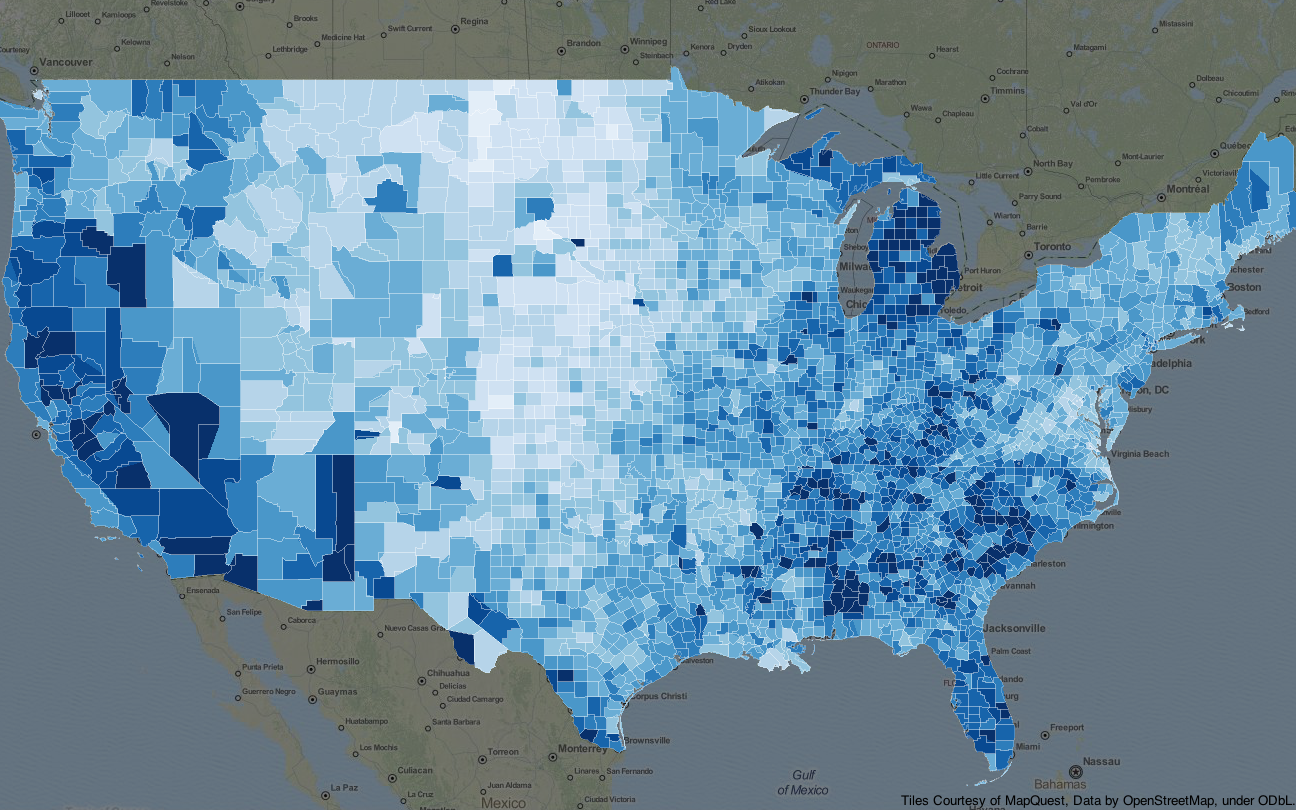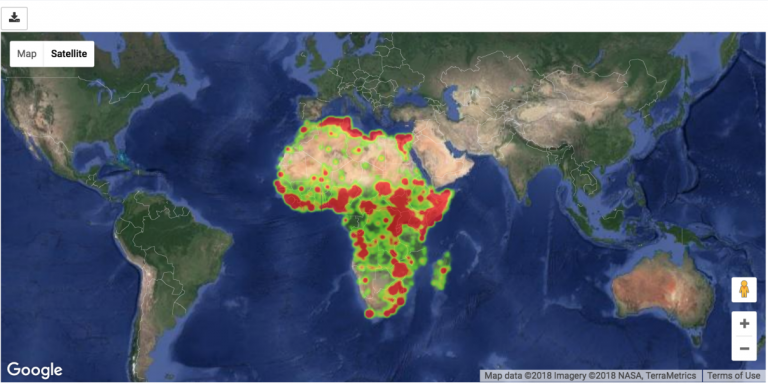
For example, my_list variable and updates the list with the square of each number. The function map() applies the function square() on all the items on the list. So using map() function, we are able to get the square of each number.The list given to map was and using the function square() the output from map() we got is.
#PYTHON MAP CODE#
I have used list() in the code that displays the values inside the list given. You will have to iterate the output from the map using a for-loop or using list() method to get the final output. The output of the map() function, as seen in the output, is a map object displayed on the screen as. The final code is as follows: def square(n): Now let us use map() python built-in function to get the square of each of the items in my_list. The list of items that we want to find the square is as follows: my_list = The get the output, we need the function that will return the square of the given number. The function that is given to map() is a normal function, and it will iterate over all the values present in the iterable object given.įor example, consider you have a list of numbers, and you want to find the square of each of the numbers. The map() function takes two inputs as a function and an iterable object. The map() function is going to apply the given function on all the items inside the iterator and return an iterable map object i.e a tuple, a list, etc. You can pass multiple iterator objects to map() function.

We can map in a dictionary where the DataFrame values for gender are our keys and the new values are dictionary’s values.Python map() applies a function on all the items of an iterator given as input. In our DataFrame, we have an abbreviated column for a person’s gender, using the values ‘m’ and ‘f’. We can map values to a Pandas DataFrame column using a dictionary, where the key of our dictionary is the corresponding value in our Pandas column and the dictionary’s value that is the value we want to map into it. map() method allows us to, well, map values to a Pandas series, or a column in our DataFrame. map() method to allow you to emulate using the VLOOKUP function in Pandas.
#PYTHON MAP HOW TO#
Now that you have your Pandas DataFrame loaded, let’s learn how to use the Pandas. This is done intentionally to give you as much oversight of the data as possible.

head() method, that we have a fairly small DataFrame. We can see that by having printed out the first five rows of the Pandas DataFrame using the Pandas.

We then printed the first five records of the dataframe, using the.from_dict() method, that allows us to create a dataframe using a Pandas dictionary We imported pandas using the alias pd, following convention and making it easier to reference the library.However, if you want to follow along line-by-line, copy the code below and we’ll get started! # Loading a Sample Pandas Dataframe
#PYTHON MAP FREE#
If you have your own datasets, feel free to use those.

In order to follow along with this tutorial, feel free to import the DataFrame listed below.


 0 kommentar(er)
0 kommentar(er)
